The History of Jewelry Around the World Series
For our history buffs out there, we are taking our jewelry history series to Japan. Japanese art, jewelry, and culture had very little Western influence up until the late 1800s, during the Meiji Restoration of Imperial power (which occurred in 1868).
Before becoming slightly more Westernized, men and women in Japan wore pocketless, robe-like garments (think kimono or kosode). Many forms of ornamentation, including accessories and jewelry, had practical purposes. Some examples include swords and sword fittings, straps, combs, pins, buttons, hair clips, and hair sticks.

Sword Guard (Tsuba)
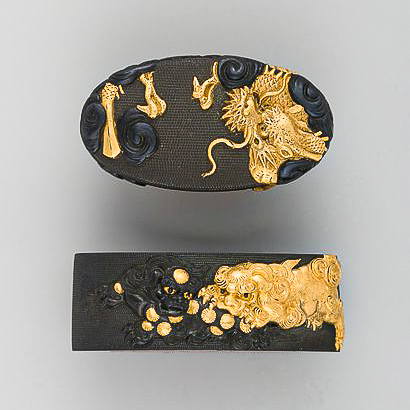
Sword-Hilt Collar and Pommel (Fuchigashira)
Before the Edo period (17th to 19th century), kimonos were largely unadorned. However, during the Edo period increasingly intricately decorated hairpins started to emerge. Kanzashi and buckles were also popular accessories worn with the kimono sash (known as the Obidome). In 1633, travel outside of Japan was forbidden and by 1639 Japan had become nearly completely isolated from the rest of the world once again.
Japanese jewelry incorporated such gemstones as agate, coral, and ivory. Specialists used prized carving materials to create legendary jewelry designs that are now characteristic of Japanese culture.
Japanese Accessorizing
Inrō were men’s fashionable handbags/wallets that were used for carrying personal belongings. Japanese men would wear them stacked and secured to their robes, usually covered by an obi (a sash). Generally, a small, carved bead called an ‘ojimi‘ kept the containers held in place further secured by a decorative sculpture (called netsuke) which further held everything in place.

Case (Inrō)
Japanese Shakudō Jewelry
Shakudō, a Japanese term associated with a low gold content alloy that is used in certain types of jewelry making and ornamentation, comes from an esoteric technique.
Shakudō, a Japanese term associated with a low gold content alloy that is used in certain types of jewelry making and ornamentation, comes from an esoteric technique.
Later, shakudō was used for earrings, pendants, and other forms of jewelry and accessories.
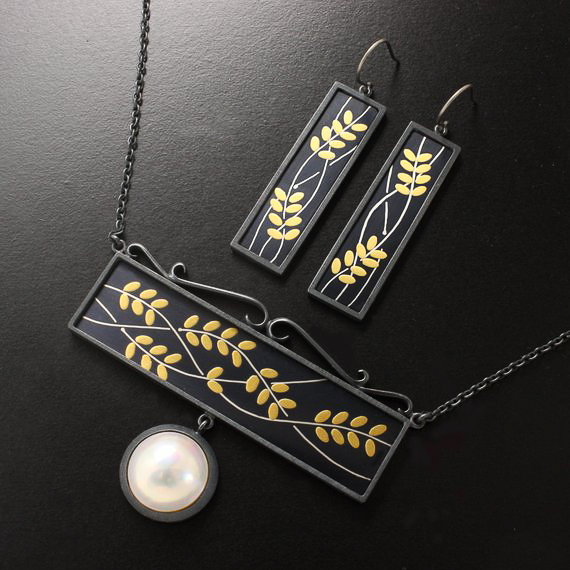
Shakudo Technique¹
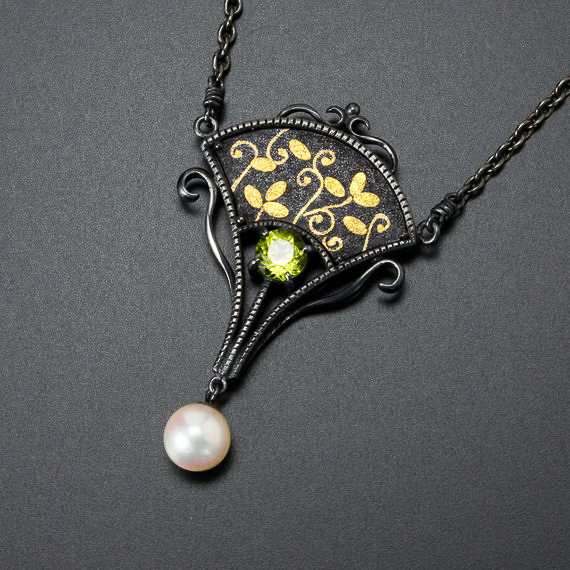
Shakudo Technique²
Mikimoto Pearls
In 1893, Kokichi Mikimoto crafted the world’s first cultured pearls. Mikimoto helped advance the science of pearl cultivation and has remained synonymous with harnessing the allure of pearls for more than 120 years. Throughout this time, Mikimoto has become the world’s foremost producer of fine cultured pearls, not to mention a global leader in exceptional jewelry design incorporating these top-shelf gems of the sea.
Pro Tip: If someone happens to be selling a Mikimoto piece, make sure that they have a certificate of authenticity.

Mikimoto Pearl Island, Japan³
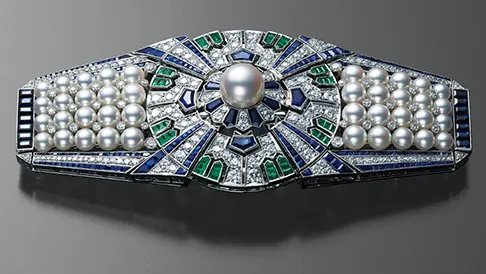
Mikimoto Pearls Piece⁴
Modern Japanese Jewelry
Japanese upper-class families began to adopt certain western customs which included wedding rings that were incorporated into Shinto ceremonies. Following World War Two, Christian rituals increased in popularity, and wedding rings became an indelible part of many wedding ceremonies.
Japan’s economy continued to grow, which opened the door for affluent individuals to put their wealth on display more often, which came in the form of jewelry and accessories.
These days, Japan has become the second-largest jewelry market in the world (second only to the United States). Japan is also the world’s second-largest consumer of platinum and also comes in second place worldwide as far as diamond jewelry sales are concerned.
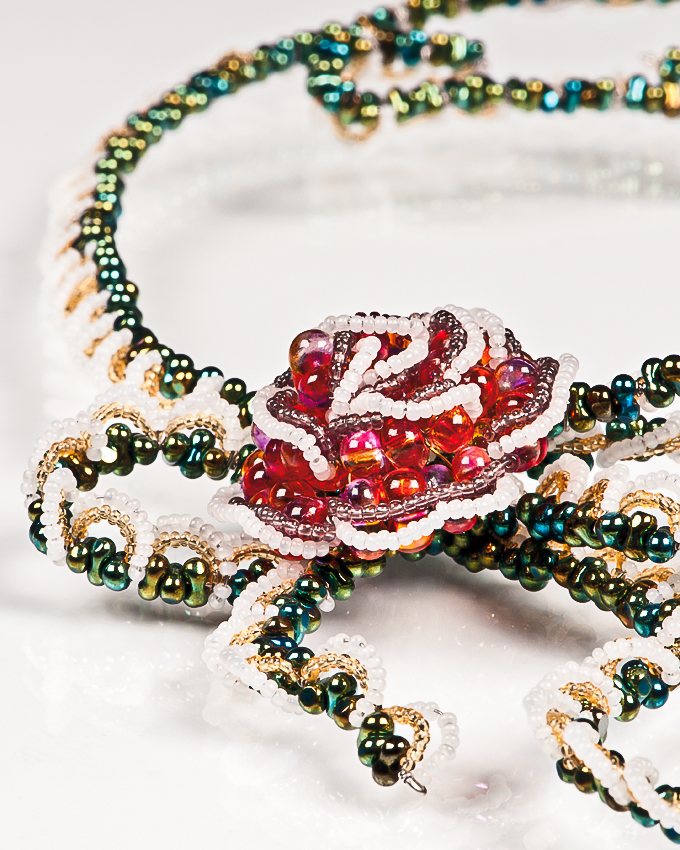
Beading in Japan⁵
![]()
Resources:
- The Beauty and History of Japanese Shakudō Jewelry | Featured Designer – KAZNESQ: https://www.beadinggem.com/
- Japan-Made Jewelry Design: https://www.ganoksin.com/
- Japan and Jewelry: https://www.gemselect.com/
- About MIKIMOTO: https://www.mikimotoamerica.com/
- The History of Mikimoto Pearl Jewelry: https://jrdunn.com/
- Sword Guard (Tsuba): https://www.metmuseum.org/
- Sword-Hilt Collar and Pommel (Fuchigashira): https://www.metmuseum.org/
- The History of Mikimoto Pearl Jewelry: https://jrdunn.com/
- 1-2 Shakudo Technique: https://www.beadinggem.com/
- ³Mikimoto Pearl Island by Joel Abroad on Flickr: https://www.flickr.com/
- ⁴Mikimoto Pearls Piece: https://www.mikimotoamerica.com/
- ⁵Beading in Japan by PRECIOSA ORNELA on Flickr: https://www.flickr.com/
![]()
My Jewelry Repair
Continuing the History of Jewelry
Japan contributed greatly to our rich history of jewelry and accessorizing. When it comes time to giving your jewelry, watches, and other accessories the TLC they need to shine through the ages, My Jewelry Repair is here with our mail-in repair service.
Contact us today to learn more about our easy online jewelry and watch repair service!
